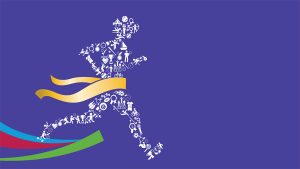Including intersex people in sport: a response to an ACT report
- For a complete overview on issues relating to intersex people in sport, read our briefing paper on sport
The ACT Human Rights Commission has published a guide to the inclusion of transgender and intersex people in sport. Unfortunately, the guide homogenises intersex and transgender populations in a way that both makes intersex inclusion far more complex than it needs to be, and fails to recognise our diversity. The lengthy guide fails to understand the diversity of intersex bodies and also a diversity in our understandings of our bodies.

The guide also takes material from publications by OII Australia and partners without acknowledgement.
People from both OII Australia and AISSGA were able to comment on a draft version of the document in 2015 and, unfortunately, from our perspective the issues raised at that review have not been addressed.
The Darlington Statement says:
35. We call for access to sport at all levels of competition by all intersex persons, including for all intersex women to be permitted to compete as women, without restrictions or discriminatory medical investigations.
47. Intersex is distinct from other issues. We call on allies to actively acknowledge our distinctiveness and the diversity within our community, to support our human rights claims and respect the intersex human rights movement, without tokenism, or instrumentalising, or co-opting intersex issues as a means for other ends. “Nothing about us without us.”
Overall, the complexity of the ACT HRC document, and the homogenisation of intersex and transgender populations, is more likely to raise unnecessary concerns about the inclusion of intersex people than it is to resolve them. The document problematises the participation of intersex men and intersex women in sport that are completely unjustified. In part, our inclusion in this document seems intended to provide a biological justification for the rights of transgender people to compete.
You must be logged in to post a comment.